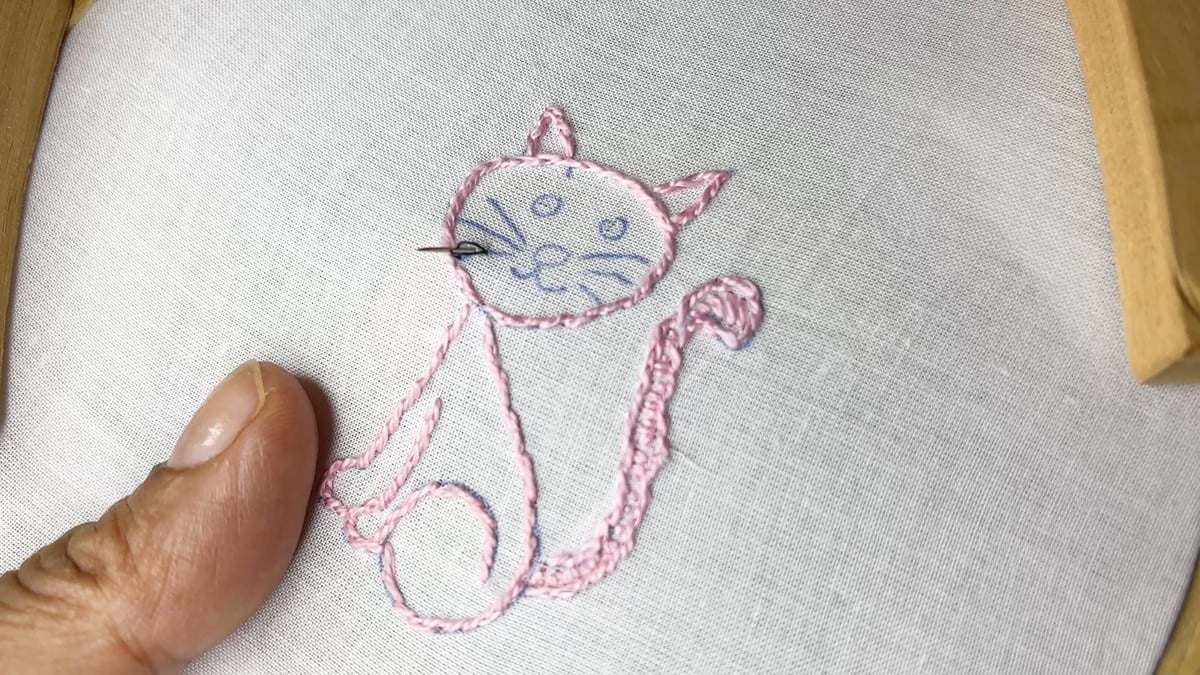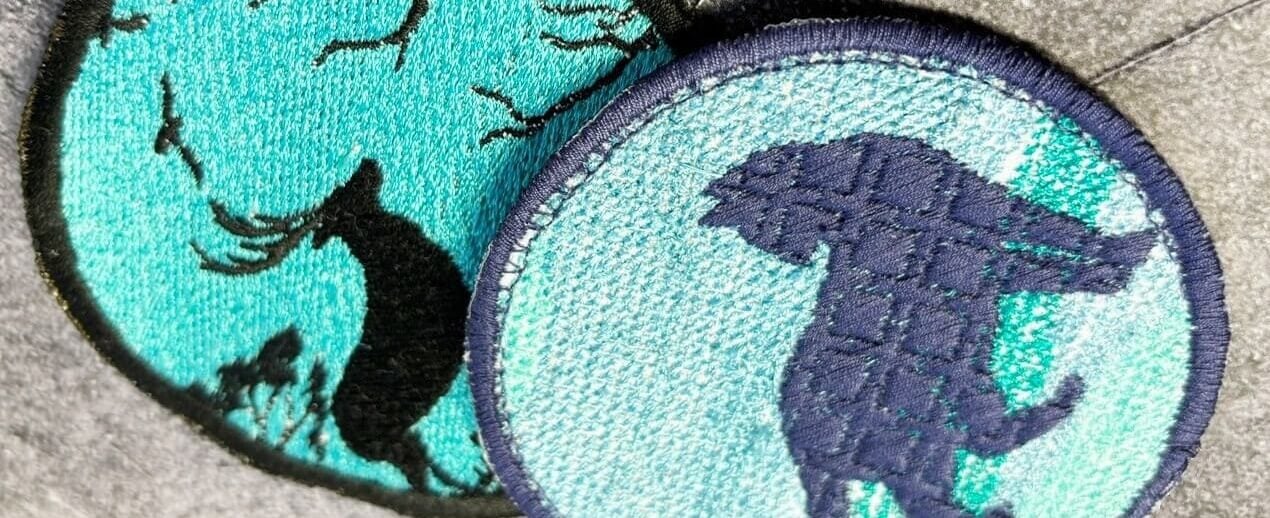Wikipedia says that ‘texture is the perceived surface quality of a work of art’. It is one of the seven formal artistic elements. In fashion designing, texture is achieved through fabric surface texture as well as fabric manipulations. Many designers layer multiple fabrics in a single garment for the sake of texture. Cut outs made in fabric as well as embroidery also bring lots of texture to clothing.
Fabric texture or textile texture is a very important element in adding texture in clothes – it is the surface quality and structure of the fabric. To get it even more simple the texture is how the surface of a fabric looks and feels.

Don’t we all say things like –
☝I love that soft, drapey, light chiffon.
☝That silk looks so lustrous.
☝The crispiness of organdy is so elegant.
☝This crepe has a wonderful pebbly surface.
☝That satin is so smooth, and glossy.
☝The wool feels so furry, cuddly and cozy.
These conversations are about fabric, ofcourse. They are all talking about the texture. Here is a list of fabrics with different textures.

These and many other such adjectives are used when you talk of a fabric surface – like sheer, furry, burnished, delicate, sparkling, shiny, bulky, nubby, shaggy, matt, sleek, cuddly, soft, glossy, crisp.
Some are not so complimentary like rough, pilling, dull, fuzzy.
All these words refer to that particular textile’s texture.
✔ Some of these textures like roughness, smoothness, hardness, or softness can be felt with your hand.
✔Some are visual like shiny.
✔Some are a combination of tactile and visual experiences like a pebbly surface.
✔ I can even hear texture – haven’t you heard the crinkly sound of a crisp fabric

What factors affect the texture?
Fiber type, yarn size (Thicker yarns create a coarse texture), fabric finishes like brushing, sanding, or calendering, fabric weight (thicker fabric may be coarser than thin fabrics), blending with other fibers, dyeing, printing and other surface treatments and embellishments. Other than these, environmental factors can also affect texture of fabrics. And on top of all this, age and wear can also change the texture of fabrics. They may become softer, develop pilling, or exhibit signs of aging, which can alter their texture.
First and foremost, texture holds attention. Fashion is a visual medium and with inventive use of textures, the designers aim to hold and attract the attention of the consumer.

Texture has a unifying effect. When used together in an ensemble a single texture can hold it together.

The emotional impact of texture is another major factor. Do you know that feelings are affected, even heightened with a change in texture? Clothes made of Velvet gives off a sensual and extravagant vibe. When you touch a clothing in tweed wool fabric or fleece you have a warm feeling. Corduroy and Leather make you feel protected. Faded Denim and Linen give you a feeling of comfort. They feel familiar and you feel at home.

You also associate texture with gender. Rough and tough texture of Leather, denim and corduroy are associated with masculinity and velvet, silk and lace with femininity.
Along with other elements of design like line, form, space, and color, the texture is forever creating new emotional experiences. The softness of a baby blanket, the crisp feel of the disposable hospital bed sheet, the rustle of a newly tailored wedding gown are all things that we always remember because of the texture and its experience. This is why decorators and designers are forever trying to come up with new textures.

Types of texture

This is the texture of a cloth that is structurally created at the time of the manufacturing process itself; different yarns interact to create a beautiful texture naturally. The textural effect varies with the types of textile fibers used in its making, yarn weight, stitch size, and yarn structure.

Treated texture
This refers to the texture of a textile that is mainly dependent on the finishes applied on it for changing the appearance as well as increasing its functionality.
Check out the post on the different types of fabric finishes (70+) applied to fabrics.

Supplementary texture
This is texture created by additionally attaching other materials on the surface of the textile after it is made; Eg., embroidery done on fabric.
You can make beautiful cloth texture in many many different ways – here is a post with many tutorials on How to add texture to fabric.

How texture influences fashion designing

It can change the perception of size and shape of the body
A fabric with shiny texture or smooth feel will cling to the body and reveal the body proportions as they are – if you want this effect, definitely use shiny fabrics but if you do not want this, choose a slightly more textured fabric.
It can make colour look different
A fabric with a shiny texture will look a shade lighter than a fabric with a rough texture of the same color/shade. Rough texture dulls the color and the shiny surface reflects light.
If you want to design a garment with a subdued effect, choose a rough-textured or at least a smooth-surfaced fabric rather than a shiny one.
It can change the drape of the clothes
Rough heavy textured fabrics with a tight weave are stiff and will stand away from the body. Soft textured fabrics may be very drapey.
Related posts : Fabric Names with a dictionary ; Learn more about textiles?










Thank you Sarina
I am looking for the name of the fabric with very loosely woven, thick yarn strands that are often used to give a “primative” look. This fabric is thick enough to use for winter wear. Could you help me with that? And what about Boucle?
Hi Kate,
Have you considered loosely woven tweed (you can look for Tweed boucle fabric) – it is used to make jackets (chanel style)
I absolutely love this site!!!
This is a dream come true for me. I love the short yet informative applications. Thank you also for the Fabric Glossary!